B2B marketing strategy: What marketing methods should you be using in 2020?
Introduction
Every successful business in 2020 should have a marketing strategy. A marketing strategy will define the marketing channels you will use as a business to reach, connect and engage with your customers and prospects to generate leads. The marketing channels you use should be appropriately chosen to get the biggest bang for your buck and specific to your business and the sector you’re in, but also, your choice should take into consideration your goals as a business. Ask yourself what do you want to achieve through your marketing? Is it growing your customer base and expanding your audience? Is it to generate more leads? Or for customer retention purposes? Whatever your aim is, firstly you must have a good understanding of your market, where you sit in that market and who your audience is, in order to identify the right marketing channels for you.
Where do I start?
First-things-first, a review of your competitors will help you to establish your company’s positioning and determine where you sit in the current market. If the market seems very crowded and everyone (including you) looks more or less the same, offering the same products or services, you need to consider how to stand out (in a good way!) and offer something unique to attract your customers, or as we call it – a USP (unique selling point). Whereas, you might discover you operate in a gap in the market, in which case you have something unique that nobody else is offering.
When you have reviewed your competitors and established your position and any USP you might have, you can then identify your target audience. You may have multiple customer profiles that you wish to target for your business, based around different products or services. You will need to consider your audience’s business type, age, gender, location, sector, job role, interests etc., to have a better understanding of what marketing channels you need to introduce into your marketing strategy. Your audience will also determine the type of messaging you use and what your marketing should look like.
You should use your review of your competitors to assess what marketing channels and techniques other businesses are using, as well as to find out which ones they are using well and which are not so effective. For example: what is their website like? Are they publishing new content regularly? Are they using social media? If so, which platforms are they using and how often are they posting? Do they send a newsletter? Have they got re-marketing ads set-up? Do they have pay-per-click adverts on Google? And so on. This will benefit you when you come to planning your marketing strategy and deciding which channels and techniques you should be using or could be doing better on, as well as which ones to avoid.
What’s next?
There are a multitude of effective marketing channels and techniques you can use within the B2B sector to connect with customers and prospects, but before you jump into doing all of them at once, you should create a marketing plan and select the channels that are going to be the most cost effective and beneficial for the results you want.
A marketing plan will also help you to plan for the costs and resources associated with each component and establish whether you will need to hire someone or outsource a marketing specialist to help you. Remember, just because one competitor might be doing everything, this does not mean you should and doing so could be a major waste of your time and money. Find what works for your business.
Some examples of marketing channels to consider for your 2020 strategy
To explain further, we’ll be putting together a series of informative blogs focusing on different marketing channels you could consider, including website & content creation, all things Google (SEO, paid search and remarketing), email marketing & telemarketing, social media and last but not least offline advertising and direct mail.
Keep an eye out on our blog and follow us on social media to make sure you don’t miss which channels will be best for you, to help you deliver your 2020 marketing strategy!

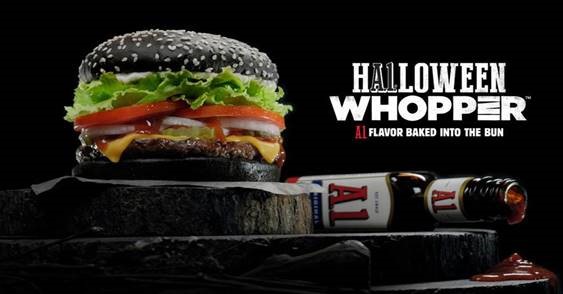
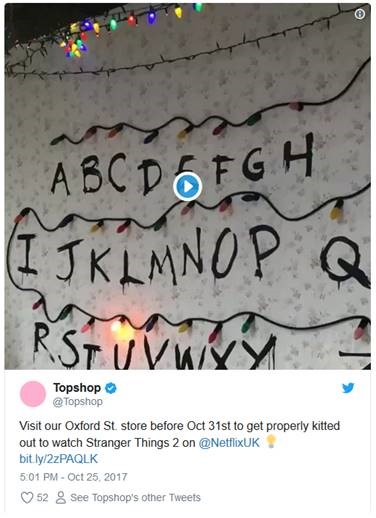
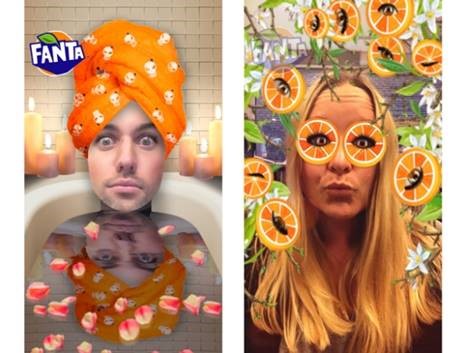
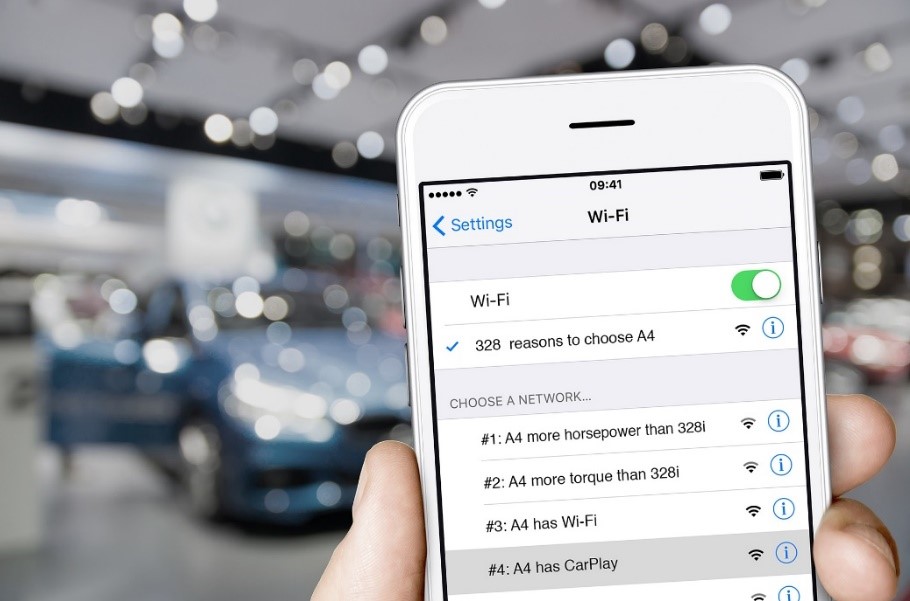

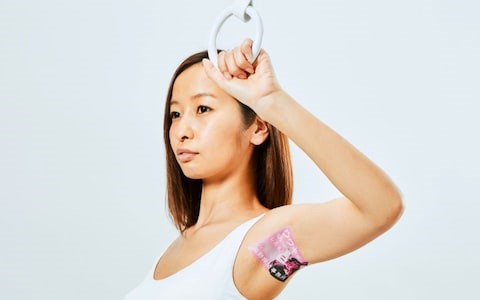
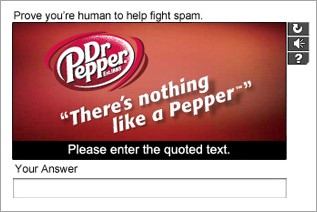
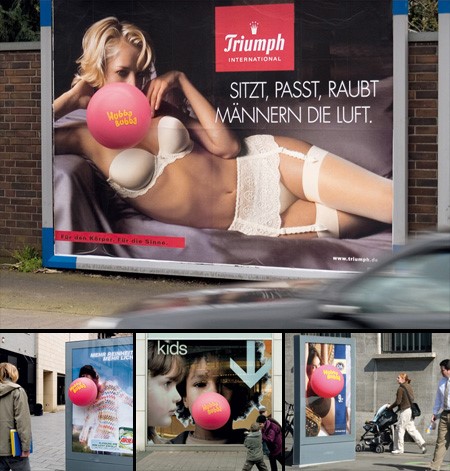
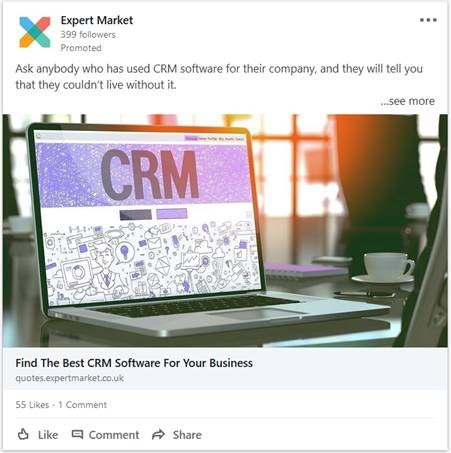
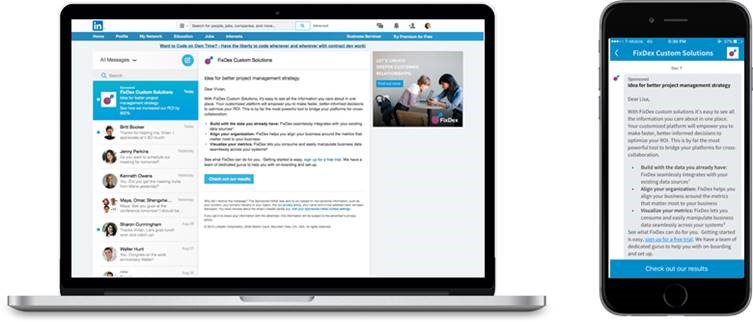
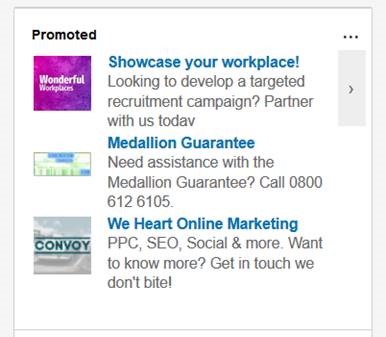
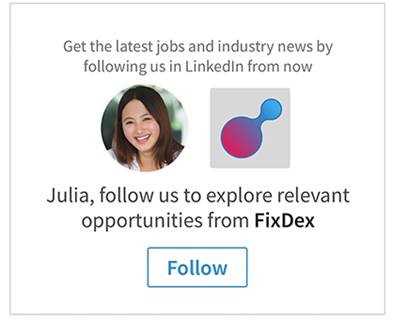
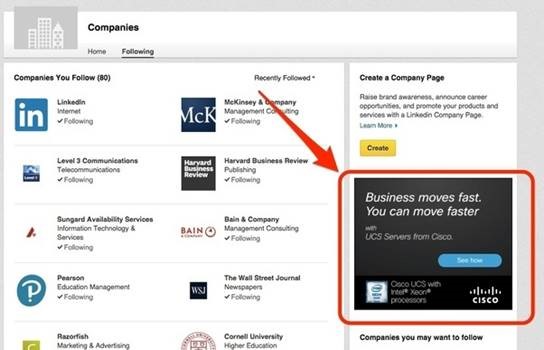

 1. Study says that Google is now the world’s most valuable brand
1. Study says that Google is now the world’s most valuable brand
 1. Shh… three Facebook marketing secrets
1. Shh… three Facebook marketing secrets